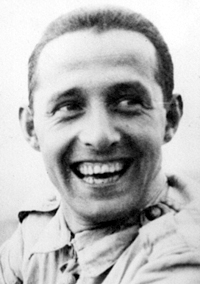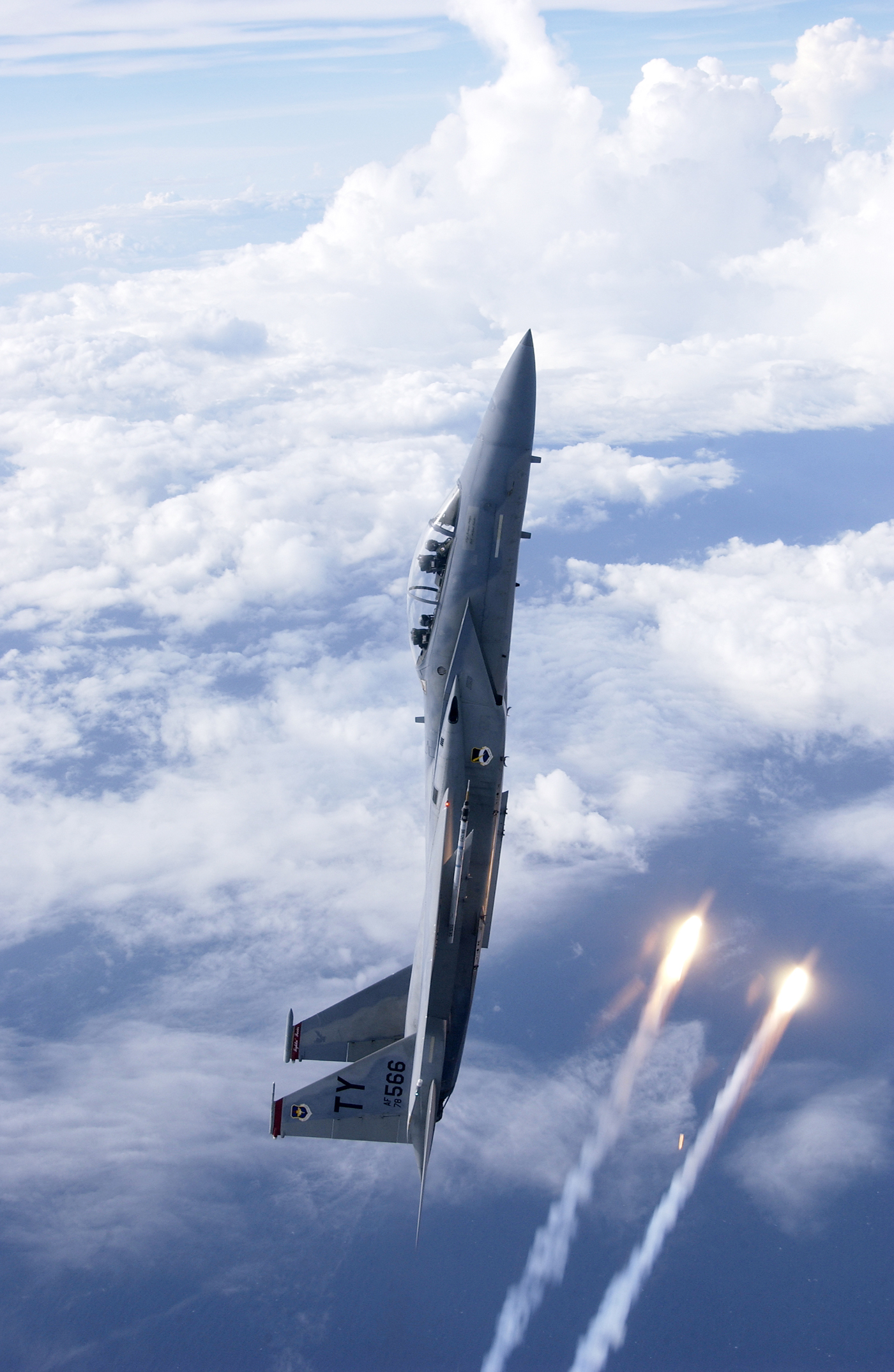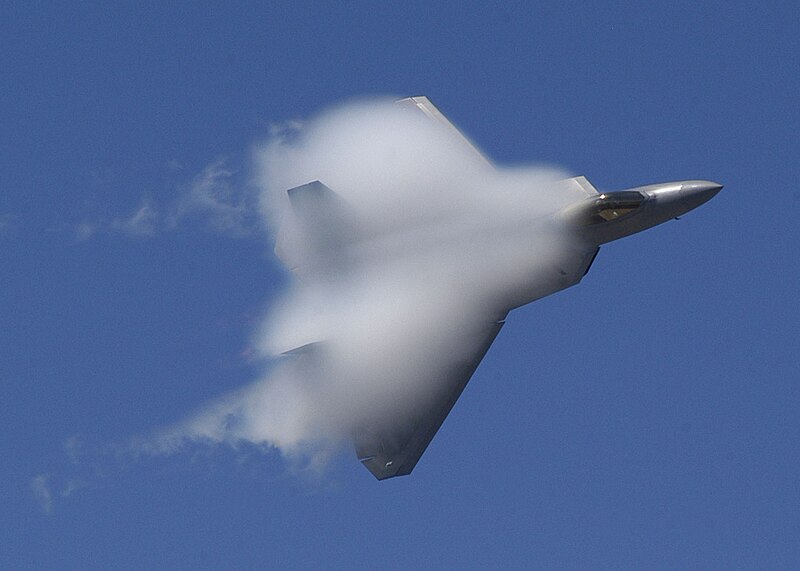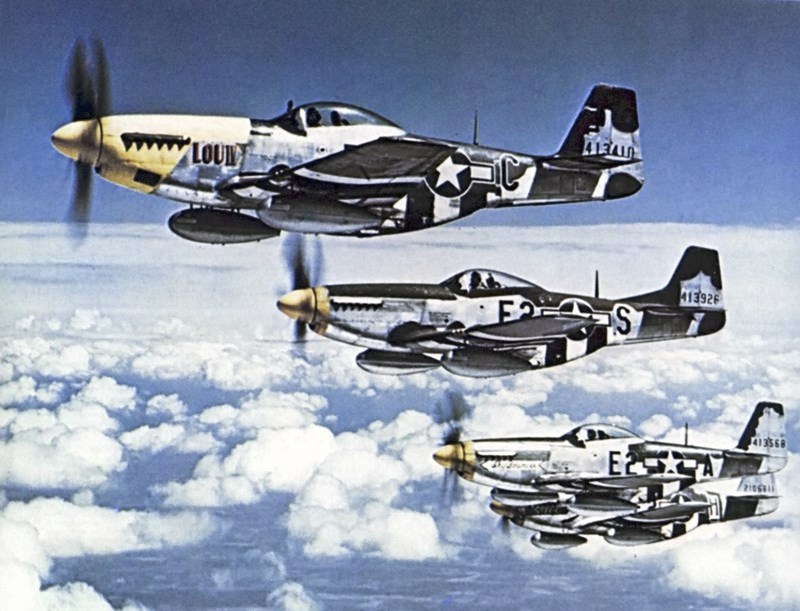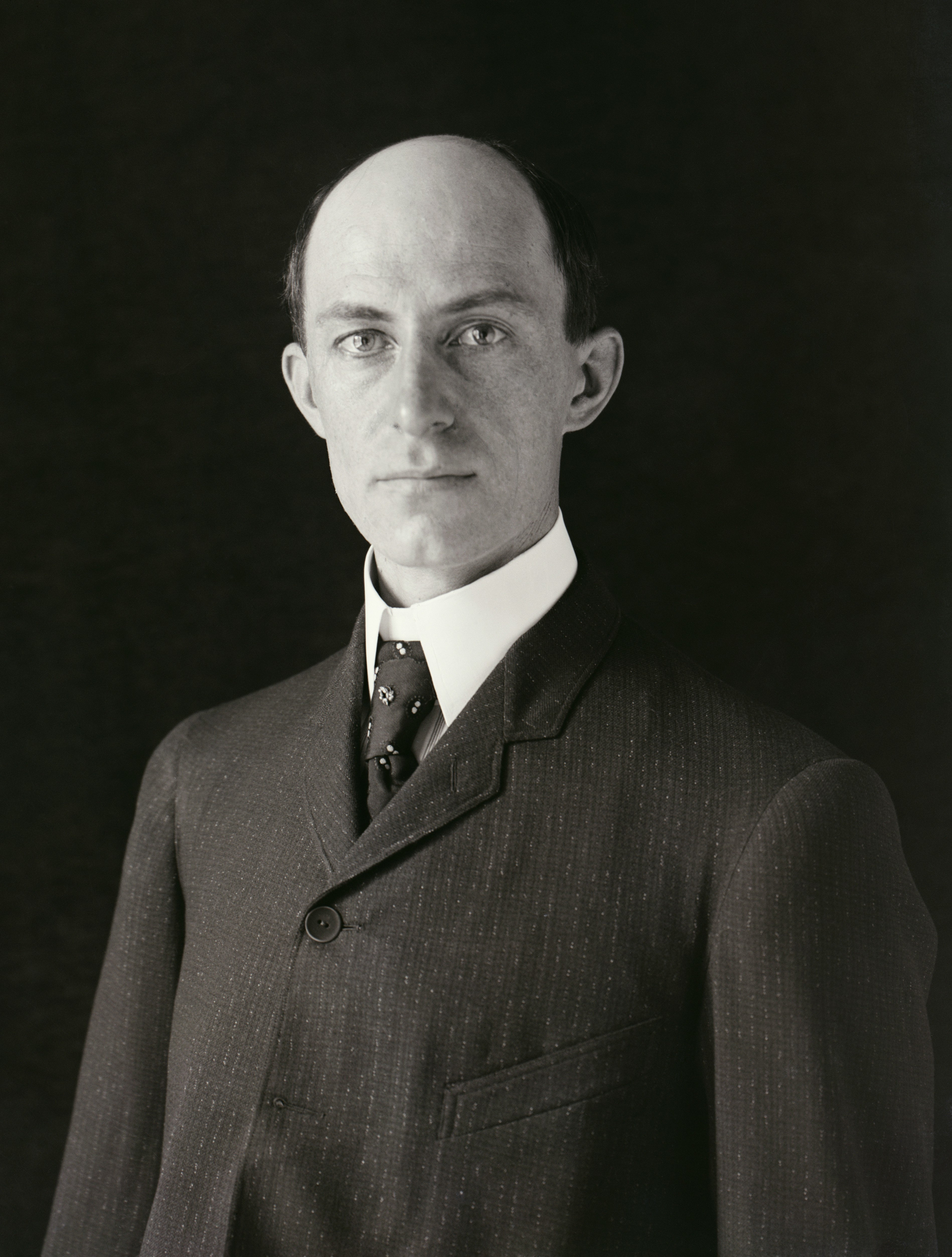 A Mitsubishi A6M Zero. (Photographer, and date photographed is not available. I apologize for any inconvenience.)
A Mitsubishi A6M Zero. (Photographer, and date photographed is not available. I apologize for any inconvenience.)The A6M Zero was a light-weight, carrier-based fighter, that was built, and designed by the Japanese Mitsubishi Company. The Zero was the best of its kind when it was first introduced on July, 1940. However, as the war progressed, it was soon outpaced by many new and effective Allied planes, and the Economic situation Japan was in at the middle, and final stages of the war meant that planes could not be built fast enough, as lack of the precious metals was slowing starving the Japanese aviation industry. The Japanese also lacked pilots, which was also one of their problems. Meanwhile, American factorys were producing a huge number of planes everyday. Fresh recruitments of pilots every now, and then meant that the U.S. did not have to worry about pilot, or plane shortages.
The A6M was extremely light, as weight was reduced every way possible. It had virtually no armor, and did not include self-sealing fuel tanks. Even more astonishingly, Zero's do not have radars, and some pilots even fly without radios. This unarmoured plane, not having even the most essential instruments for flying was extremely vulnerable, but also extremely lethal. The Zero had great maneuverability, speed, range, and of course firepower. It was feared by almost every Allied aviator at the start of the war.
Zero's were used in almost all major Japanese campaigns in the Pacific, and Asia, which helped Japan expand it's Empire quickly, and efficiently. In the later stages of war, A6M Zeros were converted to the kamikaze* role. Kamikaze was Japan's last desperate attempt to save it's Empire from destruction, and to weaken the ever stronger U.S. forces. It did not succeed.
*Kamikaze means aerial suicide attacks.
The A6M was extremely light, as weight was reduced every way possible. It had virtually no armor, and did not include self-sealing fuel tanks. Even more astonishingly, Zero's do not have radars, and some pilots even fly without radios. This unarmoured plane, not having even the most essential instruments for flying was extremely vulnerable, but also extremely lethal. The Zero had great maneuverability, speed, range, and of course firepower. It was feared by almost every Allied aviator at the start of the war.
Zero's were used in almost all major Japanese campaigns in the Pacific, and Asia, which helped Japan expand it's Empire quickly, and efficiently. In the later stages of war, A6M Zeros were converted to the kamikaze* role. Kamikaze was Japan's last desperate attempt to save it's Empire from destruction, and to weaken the ever stronger U.S. forces. It did not succeed.
*Kamikaze means aerial suicide attacks.


